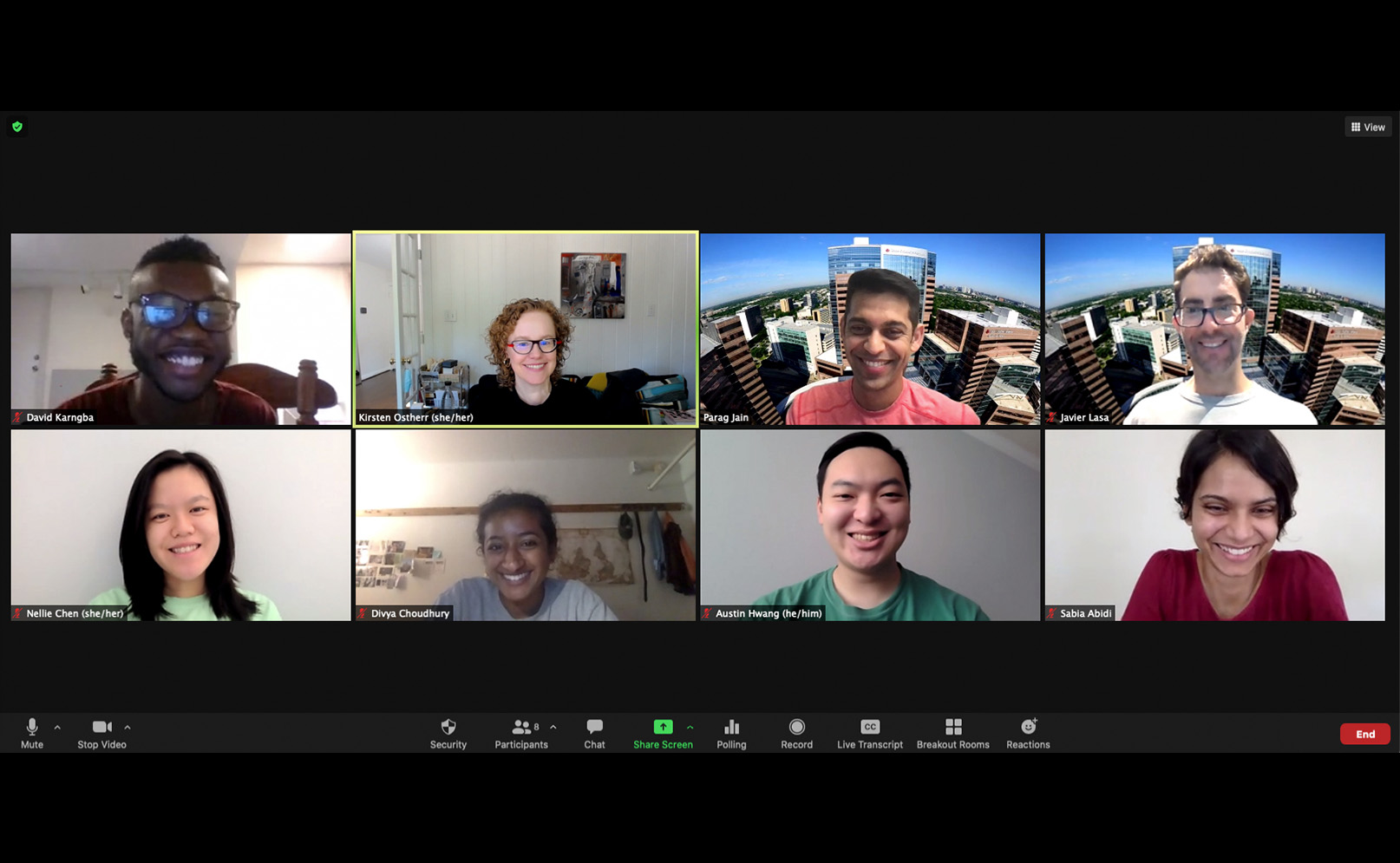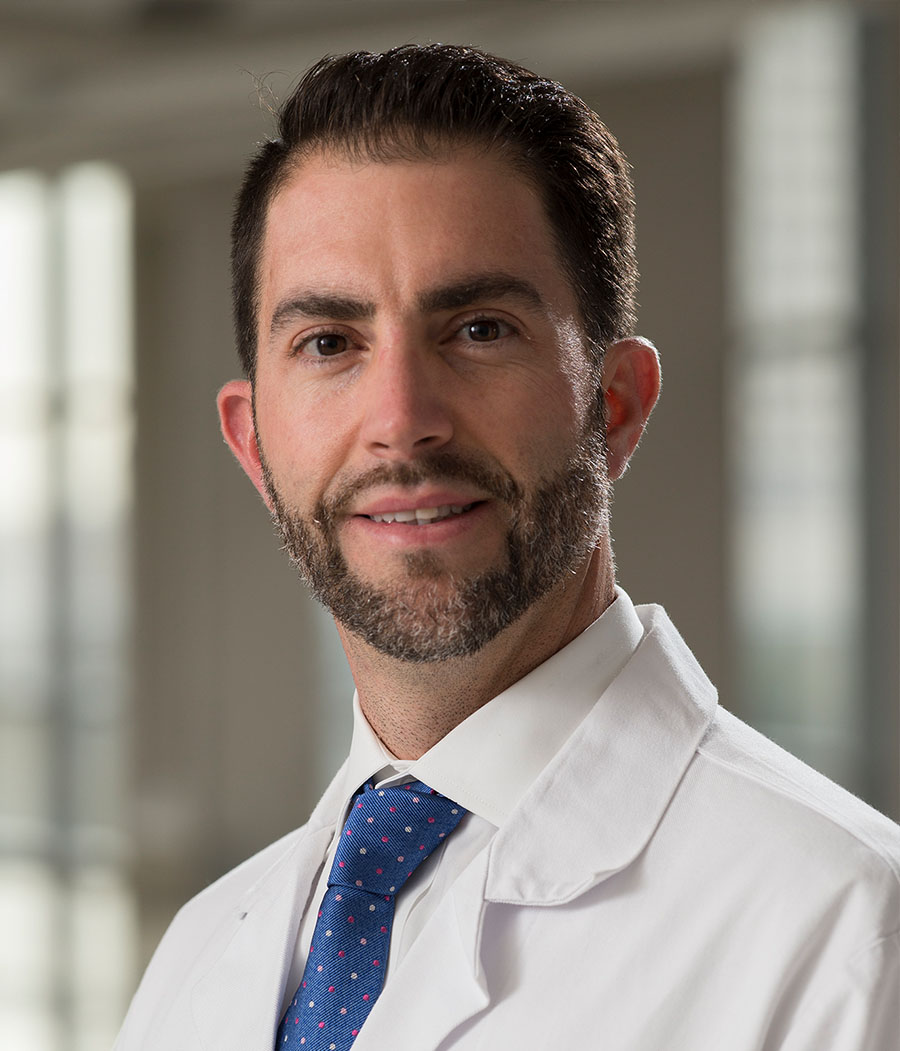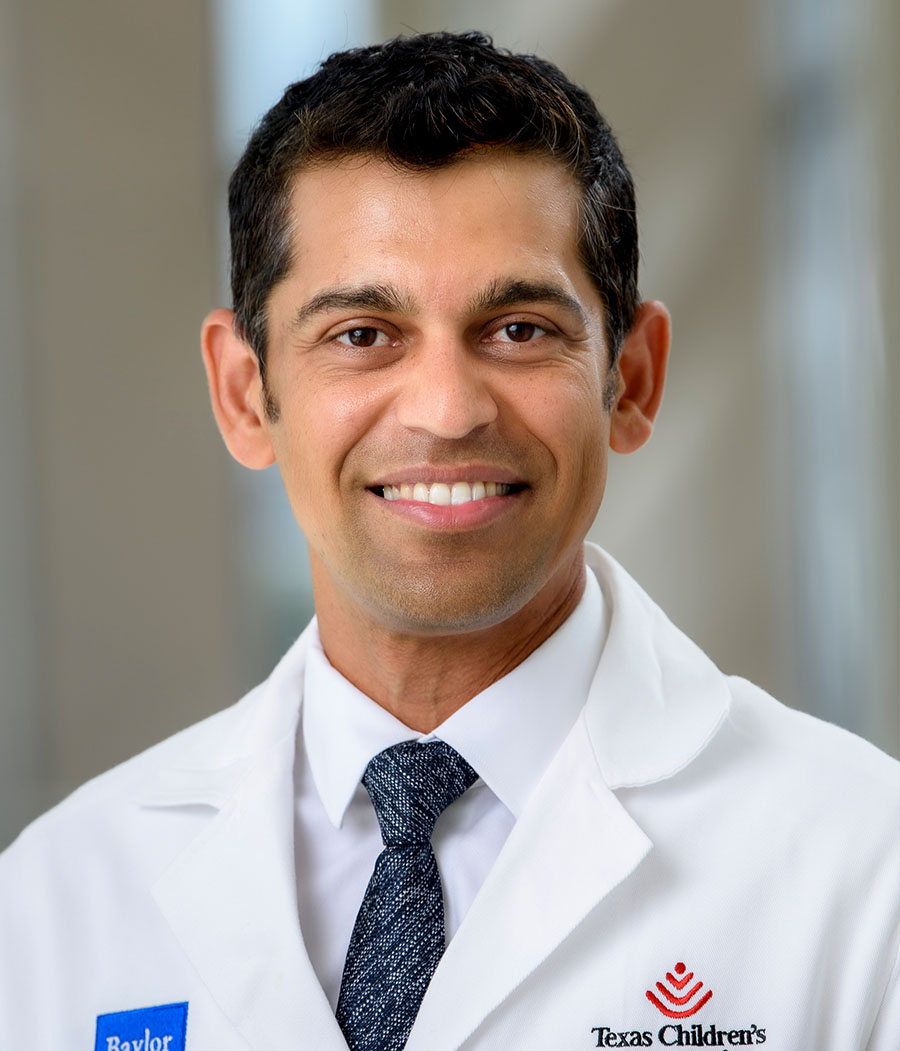

Faculty members in pediatric critical care are leveraging the fresh outlook and ideas of university students to spur innovations in medical technology and improve the quality and efficiency of patient care. Specifically, they seek to overcome many of the challenges that hinder the traditional process of deploying medical technology for the pediatric population, including:
Parag N. Jain, MD, critical care physician at Texas Children’s Hospital and Associate Professor of Pediatric Critical Care at Baylor College of Medicine; and Javier J. Lasa, MD, Co-Director of the Cardiac Informatics & Data Science team at Texas Children’s and Associate Professor of Pediatric Critical Care at Baylor, initiated a partnership with academia by asking these questions:
As a result, Dr. Jain and Dr. Lasa reached out to like-minded innovators at nearby Rice University — Kirsten Ostherr, PhD, MPH, who teaches in the medical humanities field, and Sabia Abidi, PhD, who teaches biomedical engineering — with whom they previously had collaborated.
Ultimately, this curriculum served as a blueprint for the new program and curriculum that these physicians and professors created — except they went a step further to actually bring students into the clinical environment and ask them to help uncover problem areas.
The new program has a curriculum that exists at few other institutions; in fact, the faculty know of no others in pediatrics. Through the program, undergraduate students at Rice University who study in medical humanities and biomedical engineering work alongside faculty at Texas Children’s and Baylor in an exciting and enriching experience for both parties. The students:
The program is supported by the Texas Children’s Center for Research, Innovation and Scholarship in Medical Education (CRIS). Satid Thammasitboon, MD, MPHE, Director of CRIS at Texas Children’s and Associate Professor of Pediatric Critical Care at Baylor, serves as a program mentor and suggested a co-production model for developing the curriculum.
“Most academic curricula are prescribed by faculty, with limited student input. In a co-production model, overall goals are defined, but the execution is highly adaptive to learning needs. Both students and faculty can contribute to topics covered and experiences included,” Dr. Jain said.
“Among students, a huge demand exists for hands-on clinical experience that enables them to conduct a proper needs assessment for medical solutions. This type of experience is beneficial for their learning and future educational and career endeavors. Giving students a say in the curriculum also ensures that we use their time most effectively and invests them in the success of the program.”
The benefit for medical institutions also is clear.
“The unique outside perspectives brought by non-clinical partners can uncover aspects of medical care that can remain unnoticed to clinical teams going about their day-to-day business,” Dr. Lasa said.
After delays associated with the COVID-19 pandemic, the program launched in January 2021.
Following a rigorous and highly selective application process in spring 2020, Dr. Jain, Dr. Ostherr and Dr. Abidi selected four students from medical humanities or biomedical engineering studies at Rice University: Nellie Chen, Divya Choudhury, Austin Hwang and David Karngba. These students were chosen not only for their academic credentials, but also for clear demonstration of their interest in innovation, willingness to act as a team player, and eagerness to co-create the curriculum alongside the faculty at Baylor and Texas Children’s.


The entire program lasted six months.
Each day, students attended interactive lectures with clinical faculty of diverse expertise — big data, medical devices and family engagement, for example — to acquaint them with pediatric clinical environments and common scenarios.
During an intensive three-week period in January 2021, the students immersed themselves in pediatric clinical environments as they shadowed physicians making their bedside rounds in critical care units. Because of COVID-19 restrictions, students engaged with this portion of the program virtually.
Following the completion of clinical rounds, students participated in one-hour debrief sessions with mentoring faculty. This dialogue enabled students to share their individual observations with the group, obtain clarification from faculty and identify potential areas for innovation to enhance medical care.
Students also engaged with other stakeholders — including nurses, other medical specialists and therapists, pharmacists and patients’ parents — to gain additional insights and a more comprehensive picture of pediatric patient care.
From these experiences and conversations, students identified three areas that could benefit from technology innovation:
The remainder of the program was dedicated to a needs assessment and the presentation of potential solutions.
“Completing the pilot curriculum confirmed the program’s feasibility and success. We demonstrated that the curriculum was meaningful for both students and faculty. We achieved robust discussion and needs assessments with non-clinicians, and we were able to identify problems with viable solutions from biomedical engineering or medical humanities,” Dr. Jain said.
The three areas of attention identified by the inaugural class of students will serve as the starting point for the next incoming class.
Furthermore, by identifying the need to increase family engagement, these students were the drivers behind the faculty’s creation of an app that enhances communication between patients’ families and health care providers. The app is integrated within patients’ electronic medical records and incorporates voice-recognition software. Once family members log in to a patient’s MyChart account, they can speak into the app to ask physicians questions or express concerns.
At the Hospital of the Future Hackathon sponsored by Texas Children’s in Austin, the app won first place among more than 400 team entries in the category of “Meeting Patients Where They Are.”
Also noteworthy is that each student who participated in the inaugural class of the program went on to gain acceptance into prestigious medical schools across the U.S.
“We are setting out to demonstrate the powerful role of co-production as a tool to engage broad academic disciplines as a complement to traditional medical science expertise, thereby illustrating the amazing power that an inclusive curriculum and multidisciplinary teamwork have in accelerating innovation and, hopefully, improvements in the care of patients,” Dr. Jain and Dr. Lasa said.
Going forward, Dr. Jain and Dr. Lasa intend to accept a broader group of students, including those from other related undergraduate disciplines, graduate students, medical students, pediatric residents and fellows, and potentially nursing students, into the program. Additionally, the program may increase to a twice-per-year cadence. Their hope is that the inclusion of more perspectives and areas of knowledge, at an increased frequency, will contribute to even greater opportunities for insight and innovation.